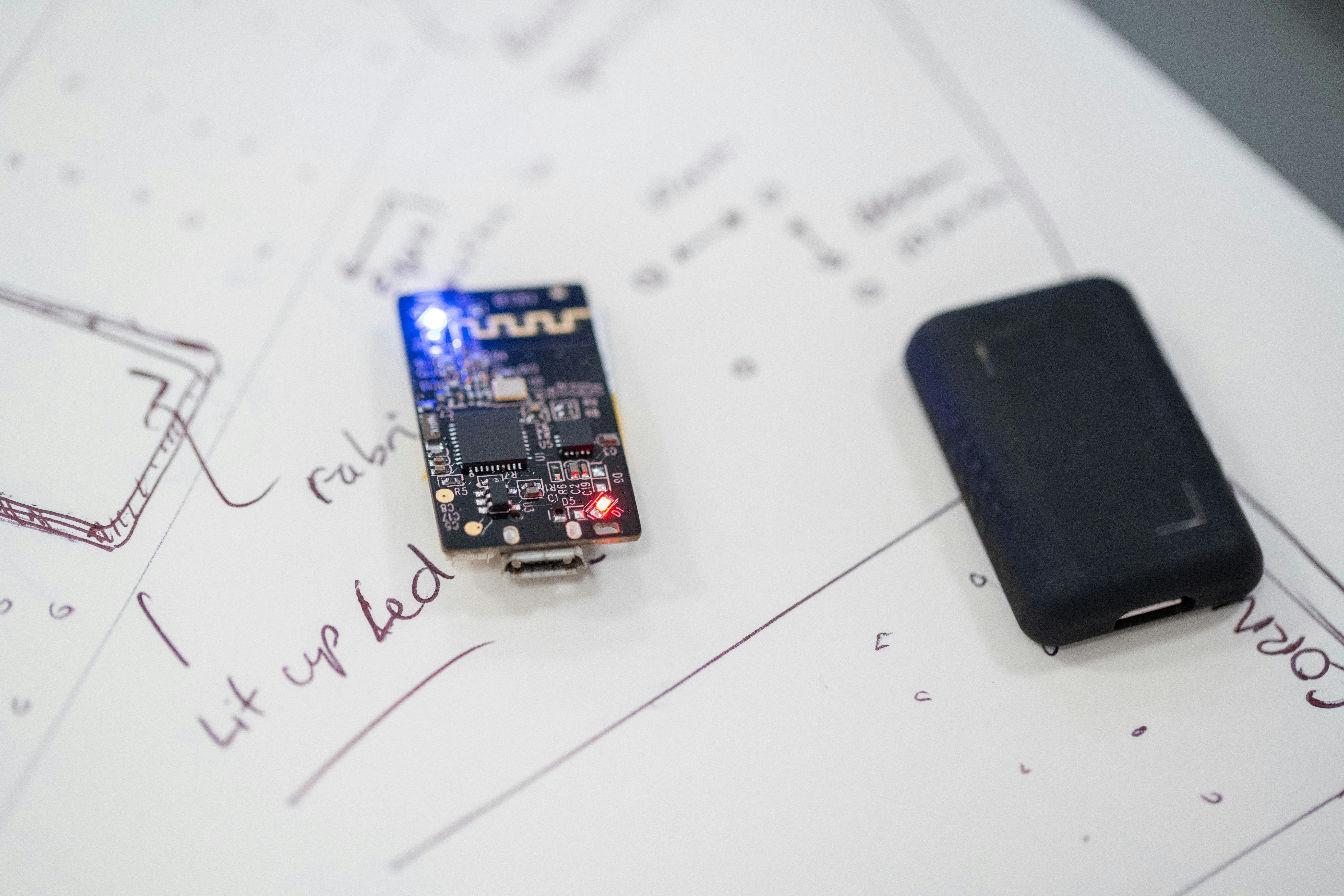
Photo Credits: ThisIsEngineering
Asset tracking is considered one of the most promising application areas of IoT. A report by Mobile Experts expects the asset tracking IoT device market to triple by 2022, and IBM has listed asset tracking as one of the top 5 industrial IoT use cases.
But what's all the buzz? How can you utilize IoT in asset tracking? Through the article, we will learn about the IoT's possibilities for keeping track of your company's assets.
What is it?
The asset management or asset tracking will keep track of your company's physical assets and information. Physical assets can mean different equipment, IT devices, tools, or vehicles depending on your business.
Before we understand the advantages IoT brings to the process, it is essential to understand how businesses currently manage their assets and what information they can track without the Internet of Things.

Photo Credits: Leon Seibert
Legacy systems
The old way of managing assets - since some companies still collect data nowadays through siloed systems -. These type of systems consist of handwritten lists or Excel sheets that keeps track of any assets' data. These systems are inefficient and vulnerable to errors, but they're better than not having any system at all. These manual methods are usually very burdensome for asset managers responsible for keeping asset records up-to-date and answering questions about assets' whereabouts.
Asset Management Softwares
Many companies have initiated using dedicated asset management solutions to make operations run more efficiently, allowing every employee to access and update assets' information efficiently. Establishing this kind of solution usually means that a company's assets are tagged with barcodes, QR codes, NFC tags, etc. - and managed using asset management software. These tags can be scanned with mobile devices and act as links between the physical items and their information in the database.
Dedicated asset management solutions provide companies with crucial asset-related data: where an asset is, who is using it, its condition, maintenance schedules, user manuals, and so much more. All the data can be viewed and updated on your computer or mobile phone.
IoT-enabled Asset Management: Automation and Intelligence
In addition to the benefits of asset management, IoT adds automation and intelligence to the system. IoT-enabled asset management solutions utilize IoT sensors, allowing companies to track specific information about their assets without human interaction. These sensors can be attached to the assets instead of or along with more conventional asset tags - for example, QR codes -.
Many types of sensors are available in the market, such as acceleration, temperature, humidity, pressure, and proximity sensors, which can be used for different use cases. The sensors are attached to assets to gather data, which is pushed to a cloud platform. This happens at a specific frequency - e.g. every 10 minutes - depending on the technology and settings used for the information transmitted. It is then analyzed and transformed into actionable insights about assets' usage, location, environment, and condition, for example.

Photo Credits: ThisisEngineering RAEng
Use Cases for IoT-enabled Asset Management
IoT-enabled asset management solutions can provide businesses with real-time alerts, predictive analytics, automatic reporting, data insights, and more based on the gathered data. Here are some use cases:
- Locations: Automated location data, asset tracking, and geofencing - like GPS -.
- Usage hours: Automated tracking of usage hours and notifications about reaching the verge values - like acceleration sensors -.
- Warehouse inventory: Automatic warehouse inventories without separate inventory events - like BLE tags -.
- Material flows: Automated tracking and reporting of material flows - like RFID tags -.
As a result, the use cases for IoT-enabled asset management are usually limited to tracking expensive and heavy equipment, like trucks and shipping containers, among other things, due to the sensor devices' size, price, and longevity. IoT allows us to follow smaller, less expensive equipment immediately because technology is constantly evolving. -. Your productivity is also increased by a few essential IoT asset management features. These outcomes are easier to achieve and produce better results, and in addition, it increases the machinery's overall effectiveness. Data from IoT asset management can support strategic business decisions, offering the company many advantages.